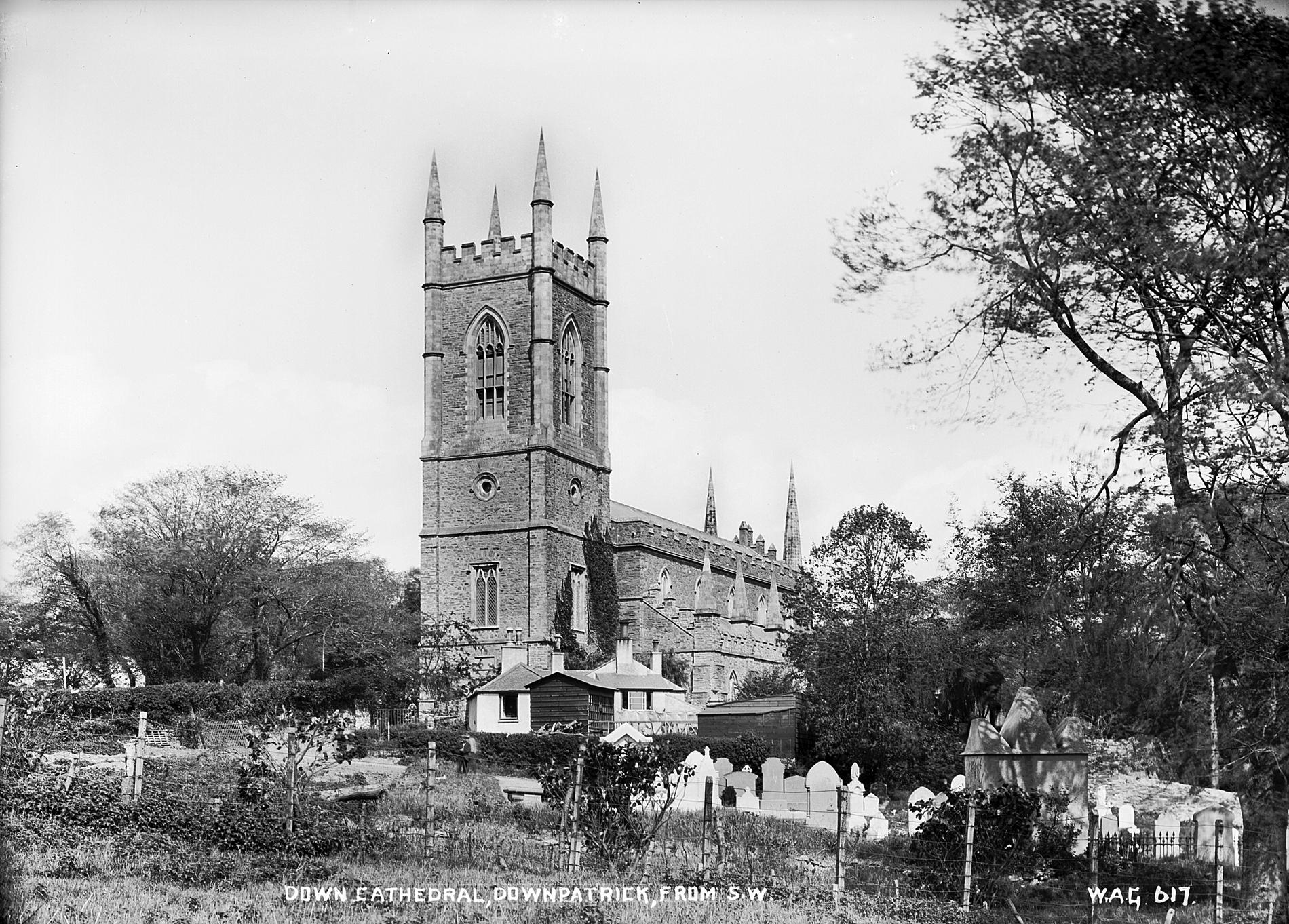St. Patrick Blog
Although the pilgrimage to Lough Derg in County Donegal is today primarily undertaken by Irish nationals, during the Middle Ages the remote pilgrimage site was renowned throughout Europe, and drew individuals from across the continent. All these pilgrims were in search of one thing – Saint Patrick’s Purgatory.
According to legend, Jesus had revealed a cave to Patrick when he had returned to Ireland from Britain, in order to bring Christianity to the Irish. This cave, on Station Island in Lough Derg, was believed to be a gateway to Purgatory, where anyone brave enough to descend would be taken through Purgatory, experiencing visions of both Paradise and Hell. From as early as the 12th century, tales of this fantastical place began to spread throughout Europe, and by the 14th century pilgrims were coming to Ireland from as far away as France, Italy and Hungary.
We are lucky enough to bear witness to the journeys these pilgrims made, thanks to a number of narrative accounts which have survived. It seems that whilst the majority of foreign pilgrims during the medieval period followed a route from Dublin to Lough Derg via Armagh, it was not uncommon for them to make a detour to Downpatrick. It was here that the pilgrims could venerate the relics of Brigit, Colum Cille, and, of course, Patrick, which had been ‘discovered’ there by John de Courcy in the late 12th century.
A day trip to Downpatrick is a must for any history fan, particularly those interested in Ireland’s patron saint. Just on the outskirts of the town you can visit the majestic remains of Inch Abbey, which are accessible from a small carpark nearby. Although the abbey was not explicitly linked with Saint Patrick, the monk Jocelin of Furness wrote his ‘Life of Patrick’ here, when it was founded in the 12th century. The impressive ruins are set within the quiet Irish countryside, and are well worth a walk around!
One 16th century Italian visitor to Saint Patrick’s Purgatory noted stopping at Downpatrick, and visiting a nearby waterfall, where he said ‘the pilgrims enter it and say a pater noster and an ave Maria as well as the prayer of St. Patrick. They remain there on their knees with the water falling all the time on the top of them; and this, they say, was done by St. Patrick’.[1]
It is thought that he is referring to the nearby Struell Wells; again, another site just outside Downpatrick. Today you can still explore the grounds of these holy wells, where pilgrims have been coming for centuries! Take a wander around the ruins of the church, two bathhouses, and two wells. Don’t forget to check out Saint Patrick’s Chair, situated to the south of the site; legend has it that the saint used to sleep there.
Within Downpatrick itself, the Saint Patrick Centre is a must; in fact, it is the only permanent exhibition on Saint Patrick in the world![2] Here you can discover everything you need to know about the patron saint, from his Roman background, through to his conversion of the Irish, and the subsequent hagiographical writings which recount his life.
Down Cathedral, which stands on the site of a Benedictine Monastery, is also worth visiting; it features the burial place of Saint Patrick within its grounds.
Whether it’s a trip to Downpatrick or one of the many parades around the globe, wherever you are and whatever way you are spending Saint Patrick’s Day this year, I hope you enjoy it! Lá Fhéile Pádraig sona duit!
Tara Shields
[1] https://celt.ucc.ie/published/T100081.html (accessed 11/3/22).
[2] https://www.saintpatrickcentre.com/exhibition (accessed 11/3/22).
